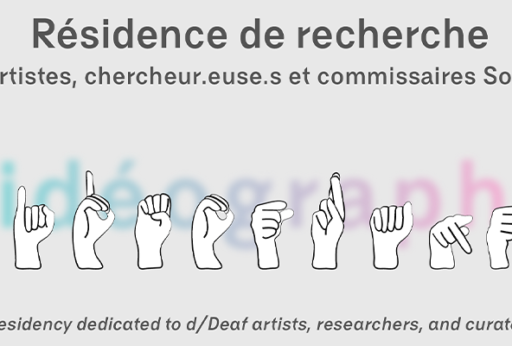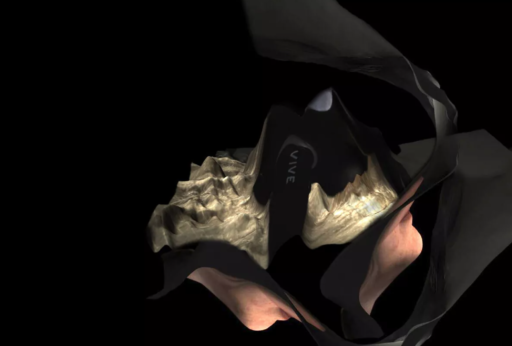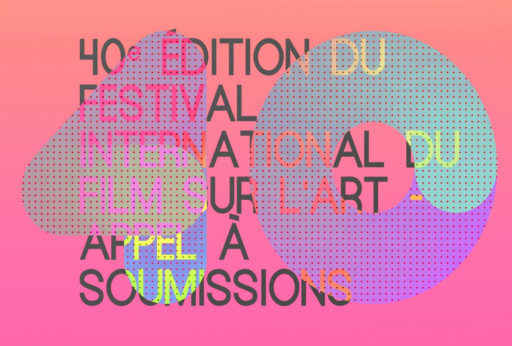Deadline: March 22, 2020
Special section “RE: FWD: Manipulations and Other Fragmentary Uses of the Internet”
Special section “RE: FWD: Manipulations and Other Fragmentary Uses of the Internet”
The internet is everywhere and nowhere. The global network of connections for information transmission and data transfer seems to be ever more intangible as interfaces shrink and telecommunications technologies become integrated with everyday objects. Yet, maintaining it requires energy-hungry and constantly evolving infrastructure. Advances come so fast that speaking of a “post-internet era” and “post-internet art” as separate categories is already considered passé. These labels are, in themselves, tautological: there is talk instead of a “post-” or “after” internet, meaning that the web has become so pervasive in the organization of society that some have identified a turning point at which the internet has become an environment (Aranda, Wood, and Vidokle 2015). Others say, rather, that the post-internet is not a historical moment but a style, an aesthetic, or a way to relate to a culture that flashes by on the Web (Quaintance, 2015).
But what is internet culture, really? In a way, it encompasses at once all the technological combinations that enable the internet network to be implemented and used—smartphones, computers, interfaces, applications, programs, and so on—and the totality of the content that is made accessible and the actual parameters of this accessibility—algorithms, discoverability, data, profiling, and so on. As Morgan Quaintance wrote in her article “Right Shift: On the End of Post-Internet Art” (2015), “Post-internet art’s primary domain of interest is not the internet but a portion of the world wide web dominated by US popular culture.” In this sense, internet culture is apparently a monoculture, and while it is oriented by data on user behaviour gathered for advertising purposes, it also targets standardization. Recent events focus our attention even more sharply: the media crisis and the impact of the web behemoths on the local economy; the need to highlight Canadian content on the major online distribution platforms; the debates around freedom of expression and censorship; and the ethical limits regarding offensive content freely circulating on the internet.
Are we being forced to concede that the utopia initially promised by the internet, foretelling unprecedented democratization and the creation of a unified global village, has failed?
The objective of this special section, “RE: FWD: Manipulations and Other Fragmentary Uses of the Internet”, is to discern the many and critical manipulations of the art that is made in resonance with the internet as a cultural system: works related to dystopia, fragmentation, rematerialization, obsolescence, geolocation, surveillance, the use-value of behaviours, and the ecology of the web. We are looking for authors interested in artists who make the internet their tool or their main theme.
Regular column
Vie des Artsis also looking for exhibition critiques, artist profiles, and news articles that highlight contemporary issues presently shaping the art world. Submissions should be short and include the subject you want to cover and a brief description of the critical angle you will use.
Submissions must include a proposal, related to the theme or the regular column (350 words), three excerpts of texts (published or unpublished), and a short biography (40 words). They should be sent to redaction@viedesarts.com before March 22, 2020. We will contact the authors of the proposals chosen.




